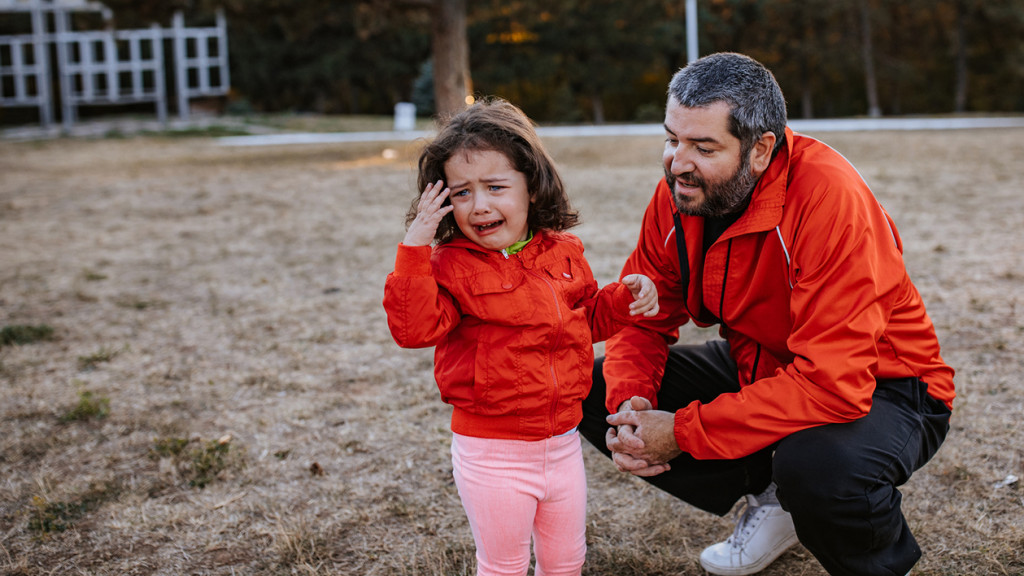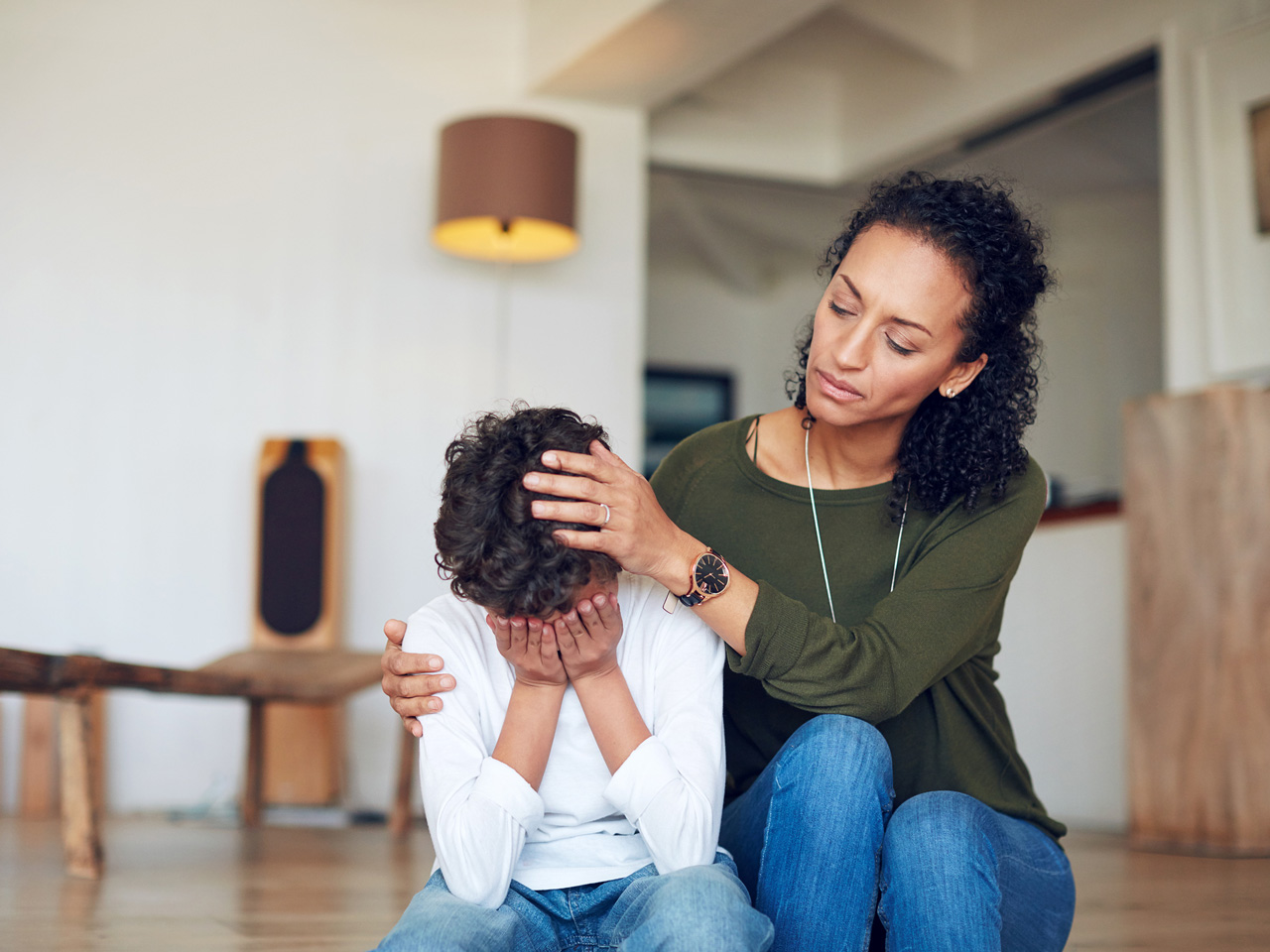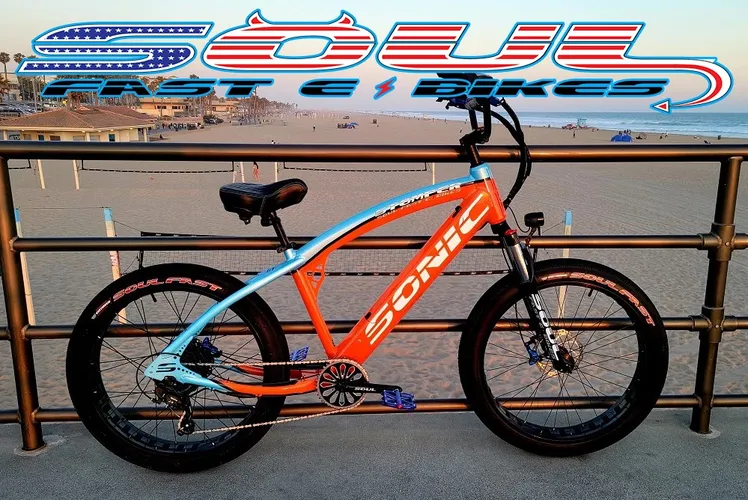
Photo: istock
The scene: You’re at the playground, watching your child happily play in the sandbox when suddenly—whack. Your little angel hits the kid next to him for no good reason. You turn red, and you freeze for a second: Should you apologize profusely, scold your child or hightail it out of there?
There’s a good chance you might end up doing a combination of all three as you simultaneously wonder how this happened. After all, you’ve taught your child not to hit—and yet there’s still so. much. hitting. It’s particularly frustrating when kids seem completely willing and able to learn other rules but flat-out ignore this one.

10 alternatives to making your kid say sorryThe thing is, they’re not actually ignoring it—they just haven’t learned how to control a very natural impulse, says Joanne Cummings, a Toronto-based clinical child psychologist and a knowledge mobilizer for the anti-bullying network PREVNet. “When you feel thwarted, or you’re feeling angry and frustrated, the natural inclination is to hit out at the environment,” she says. “Child psychologist Richard Trombley had a great line that I always say to parents: Aggression is not a learned behaviour, it’s a natural, in-born behaviour; children have to learn not to be aggressive.”
This fun phase tends to peak between ages two and three, and some children are more prone to it. Research shows that boys tend to be more aggressive than girls, and children whose verbal skills lag sometimes hit because they’re frustrated and this is the only way to get their point across. Individual temperament and wiring also comes into play, with some kids feeling emotions more intensely than others.
As for why a child might seem to learn other rules but not this one, Cummings says to think of it like this: “When they say please and thank you, they’re not usually in an intense state. But if someone takes their toy or says it’s time to get up and they don’t want to get up and transition, the feeling of being frustrated and angry is so great that the child lashes out and hits before they realize what they’ve done.”
So how can you get your impulsive, emotional toddler to stop hitting and find a better solution? We’re so glad you asked!
Intervene
Yes, it’s great to let kids work things out and practise their skills—once they actually have skills. First, you have to teach them. “They can’t solve this [problem] themselves because they lack the life experience to know about sharing,” explains Cummings. “They need scaffolding and coaching in the moment to help them through those behaviours.”
Use a catchy phrase to get your point across
Cummings is partial to this Daniel Tiger line: “It’s OK to feel angry. It’s not, not, not OK to hurt someone.” It’s simple, easy to remember, can be sung and cuts to the chase quickly. Even better, you’re not dismissing the way your child feels. “You’re acknowledging they’re angry,” says Cummings. “Because often we say, ‘Don’t hit,’ and we respond to the behaviour but ignore the underlying feeling, so the child doesn’t feel understood.”
Don’t force them to apologize
If you see that your child feels remorseful or sad, encourage them to express that to the other child, says Cummings. But a disingenuous “sorry” is meaningless. Helping your child understand why their behaviour wasn’t acceptable is a better strategy.
Recurring behaviour sometimes warrants a time out
Yes, right then and there. “We want to have firm consequences that you can’t hurt people, and we want that to be reliable and predictable,” explains Cummings. That said, depending on the child, sometimes the displeasure it evokes in adults can be enough to change the behaviour. “On the other hand, shaming isn’t helpful either. The adult’s attitude should be: Everybody makes mistakes; that was a mistake. You need to have a time out, and then you can go play again.” Once the child calms their body and breathing, you can problem-solve together.
Later on, when things are less emotionally charged, help your child develop empathy. As you read books or watch TV shows, talk about how the characters feel and ask your child how they might feel in a similar situation. Once they start to understand where others are coming from—and that they wouldn’t want to be on the receiving end of a smack—aggression can start to dissipate.
It’s also essential to model proper self-regulation and self-management yourself. Obviously you shouldn’t hit, but beyond that, show your child how to deal with anger. Cummings suggests saying something like this when you’re upset: “I’m feeling angry right now. I’m frustrated because I wanted the house to be tidy and you spilled something all over the floor. I wanted the house to be clean, but I’m just going to say to myself: ‘You did it by mistake; you didn’t mean it.’ I’m going to take some deep breaths, and now let’s clean it together.” That kind of narrative may seem wordy to you, but it provides an exact mental road map for your toddler.
All of that can lead to a lot less hitting—and a lot less stress and embarrassment for you.
Read more:
5 things you might not know about spanking (including whether it’s ever OK)
What to do when your toddler starts hitting herself
 Baby Heath and Care Advice and Tips AXJ HEALTH GLOBAL NEWS NETWORK
Baby Heath and Care Advice and Tips AXJ HEALTH GLOBAL NEWS NETWORK









